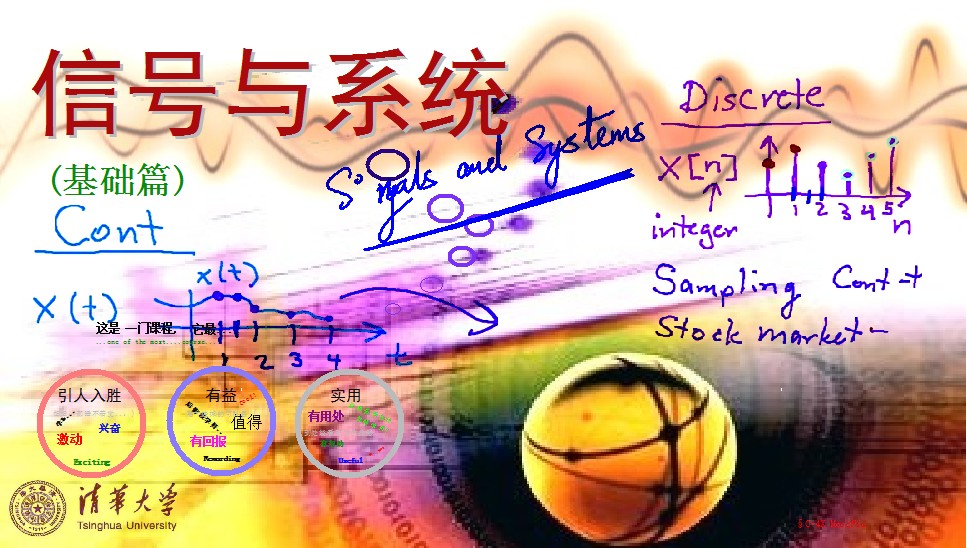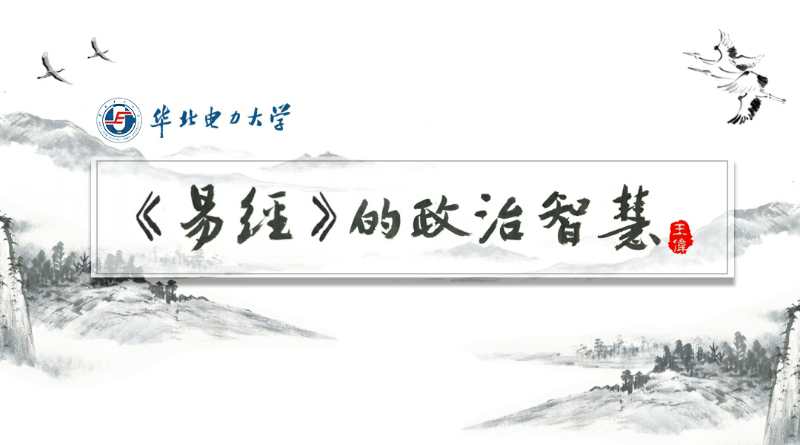
当前课程知识点:Culture and Tourism(International Edition) > Week 1: Cultural Tourism: Definitions and Concepts > 1.3 Cultural Heritage-2 > 1.3.1 Criterion(iv): an outstanding example in human history
返回《Culture and Tourism(International Edition)》慕课在线视频课程列表
返回《Culture and Tourism(International Edition)》慕课在线视频列表
下一个例子,我将要展示的是
爱德华国王的城堡和城墙。
坚固的康威建筑群。
遗址位于北威尔士的格温内斯公国。
这些保存极其完好的遗迹
是进行殖民和防御的工程,
建立于爱德华一世统治时期(1272-1307)
是当时的军事建筑。
你可以看到,城堡是基于标准三的。
古格温妮丝公国的皇家城堡
是中世纪建筑的独特见证,
因为这个皇家委员会有充分的文件记录。
泰勒在科尔文(ed.)的著作
《国王的作品史》(1963年)中
详细描述了请来的工人来自
英国各地
并描述了在现场使用采石的情况。
它们概述了建筑工程的融资,
并提供了对工人和人口的日常生活的了解,
从而构成了中世纪历史
的主要参考之一。
这个地址,也基于标准(i),
链接到我所讲的周期部分。
康威代表了一个独特的成就,
因为他们结合了双壁同心结构,
这是典型的13世纪晚期的军事建筑
与高度协调的中央计划,
并在他们的比例和砌体的美丽。
这些是圣乔治的詹姆斯的杰作,
他在1290年到1293年期间是国王的首席建筑师。
所以接下来的第一部分我要讲的是标准(iv)
是一种建筑类型的杰出例子,
建筑或技术整体或景观,
它说明了人类历史上一个重要的阶段。
标准iv,该标准涉及物业类型的突出性质,
在阐明历史上一个
或多个重要阶段的定义类型的背景下提出的。
这一标准的实质是,该属性必须以某种方式
证明它与人类历史上的一个或多个决定性时刻
或重要阶段有关。
而财产可能是由那个时刻促成的,或者反映了它的影响。
这一历史时刻必须被视为
具有突出的重要性,其影响也应如此。
这些阶段可能与政治或经济史有关,
也可能与艺术或科学史有关,
后者具有深远的影响。
因此,必须以一种突出的方式
来说明人类历史上的一个重要阶段。
这一阶段需要在区域和全球范围内加以评估,
这一阶段在这方面必须是重要的。
An important stage in just the history of
只有一个国家的历史上的一个重要阶段是不够的,除非有重大的区域或全球影响。
这一个阶段也必须要有时间维度。
一个阶段应该根据文化史和文化史
的连续性和变化模式来定义。
人为的时间段(如18世纪)本身
并不是一个令人满意的定义。
一个有意义的时间段应该是一个在文化背景下
被认可的重要的确定的时间段。
因此,该标准应该用于
与重要的“原型”或定义的属性类型的
强代表性示例相关的情况。
一标准并不意味着鼓励或允许
世界上每一种类型的建筑、整体
或景观的范例——即使它是一个杰出的范例。
基督教城市是建在古城之上的,
由此产生的空间建筑和材料,从15世纪就在诗歌上
促进了对城市及其形象的深刻审视,
反映了文艺复兴时期的古典主义精神
和后来的巴洛克风格。
从它的基础上来看,罗马在历史上一直是
罗马帝国的首都,
几个世纪以来一直统治着地中海地区。
罗马成为基督教世界的精神首都之后。
而罗马的标准(四)是,罗马的历史中心,
罗马作为一个整体,以及它的建筑,
证明了三千年历史的连续。
场地的具体特点是建筑语言的层次性、
建筑类型的多样性
和城市规划的原始发展,这些都与城市复杂的形态
和谐地融合在一起。
值得一提的是,重要的市民纪念碑,
如论坛、浴场、城墙和宫殿
宗教建筑,
从早期基督教教堂到巴洛克风格的教堂,甚至;水系统。
这种明显复杂多样的风格融合在一起,形成了一个独特的整体,
随着时间的推移而不断演变。
最后一个例子是巴斯城,
由罗马人建立的一个温泉浴场,
巴斯在中世纪成为羊毛工业的重要中心。
在18世纪,在乔治三世的统治下,
它发展成为一个优雅的城市,有着不同类型的建筑运动,
罗马风格和英国风格与罗马浴场和谐地融合在一起。
因此,根据标准(四),巴斯反映了人类历史上的两个伟大时代:
罗马时代和格鲁吉亚时代。
罗马浴场和神庙建筑群对
理解和欣赏罗马社会和宗教社会做出了重大贡献。
18世纪的再发展是杰出的城市建筑、
空间布局和社会历史的独特结合。
巴斯体现了18世纪新古典主义城市的主题;
文本主义的的普通住宅,
景观和城镇的集成,和城市空间的创造和互连,
设计开发作为响应
沐浴作为一个社会的日益普及
和温泉目的地提供一个适当的风景如画
和设施的不同社会游客。
尽管巴斯在罗马和格鲁吉亚时期获得了极大的重要性,
这座城市仍然反映了两千年来的持续发展,
壮观的中世纪修道院教堂坐落在罗马神庙和浴场旁边,
位于18世纪和现代城市的中心。
在这一节中,我讨论了标准三和标准四。
并进行了举例说明。
下一节,我将继续讨论准则V和Vi。
谢谢大家。
-1.1 Introduction course outline and UNESCO World Heritage Program
--1.1.1 Introduction of culture and tourism course outline
--1.1.2 Introduction of UNESCO World Heritage Program(1)
--1.1.3 Introduction of UNESCO World Heritage Program(2)
-1.2 Cultural Heritage-1
--1.2.1 The meaning of culture heritage
--1.2.2 Criterion(i): masterpiece of human creative genius
--1.2.3 Criterion(ii): exhibit important interchange of human value
--1.2.4 Criterion(iii): bear a unique or at least exceptional testimony
--How can the public understand the importance of heritage?
-1.3 Cultural Heritage-2
--1.3.1 Criterion(iv): an outstanding example in human history
--1.3.2 Criterion(v): represent a culture or human interaction with environment
--1.3.3 Criterion(vi): associated with living traditions of outstanding universal significance
-1.4 Natural Heritage
--1.4.1 Natural heritage features, formations and criterions
--1.4.2 Cases studies of natural heritage
--Cultural landscape meanings: The case of West Lake, Hangzhou, China
--Week1 quiz
--How to access heritage of your hometown?
-2.1 Mixed Culture and Natural Heritage
--2.1.1 Mixed heritage operational guidelines and cases (1)
--2.1.2 Mixed heritage operational guidelines and cases (2)
--2.1.3 Mixed heritage operational guidelines and cases(3)
-2.2 Authenticity, Integrity and Cultural Routes
--2.2.1 How to determine authenticity and integrity
--2.2.2 Heritage routes and heritage canals (1)
--2.2.3 Heritage routes and heritage canals (2)
--What do you think about cultural heritage categories?
-2.3 Special Heritage and Sustainable
--2.3.1 Physical remains of the history of technology and industry
--2.3.2 Transboundary Heritage, Serial Heritage, Serial/Transnational Heritage
--2.3.3 Intangible cultural heritage
--2.3.4 UNESCO World Heritage and Sustainable Tourism Programme
--Recovering the Memory of Ourselves for the Sustainable Cites
--Week 2 quiz
--What do you think about cultural heritage categories?
-3.1 The Australia’s Heritage System and Sydney Opera House
--3.1.1 The Australian Heritage System
--3.1.2 Case Study: The Sydney Opera House
-3.2 Role of the ISCCL and Cultural Landscape (1)
--3.2.2 Uluru-Kata Tjuta National Park
--3.2.3 Honghe Hani Rice Terraces
-3.3 Role of the ISCCL and Cultural Landscape (2)
--3.3.1 West Lake cultural landscape (1)
--3.3.2 West Lake cultural landscape (2)
-3.4 Rural Landscapes as Heritage
--3.4.1 ISCCL Principles Concerning Rural Landscapes as Heritage
-3.5 Case Study: Mongolian Altai
--3.5.1 Nature Culture Integration & the Mongolian Altai(1)
--3.5.2 Nature Culture Integration & the Mongolian Altai(2)
--Week 3 quiz
--Discussion: What do you think is the role of ISCCL?
-4.1 Introduction of the Meaning of 'landscape’
--4.1.1 Brief introduction of landscape and culture
--4.1.2 The conceptual framework of cultural landscape
-4.2 Landscape Values
--4.2.1 The word “landscape” itself and differences in Western, Eastern
--4.2.2 Cultural significance for heritage source
--Discussion: What do you think the cultural landscape attracts you?
-4.3 Reading the Landscape: Identification and Assessment
--4.3.1 Planning model for heritage conservation management policy
--4.3.2 Cultural landscape resources evaluation steps
--Article: Cultural mapping: Intangible values and engaging with communities with some reference to As
-4.4 Case Study: Wingecarribee Historic Landscape
--4.4.1 Case study:Wingecarribee historic landscape study(1)
--4.4.2 Case study:Wingecarribee historic landscape study(2)
--Week 4 quiz
--Discussion: What should we do to strengthen the protection of cultural landscape?
-5.1 Indigenous Tourism
--5.1.1 Indigenous tourism background
--5.1.2 World heritage and indigenous peoples
--5.1.3 Tourism issues at Canadian indigenous world heritage sites
--Discussion: What challenges indigenous World Heritage faces?
--Article: State conceptions of indigenous tourism in Chile
-5.2 Case Study and Conclusion: Great Expectations for Tourism
--5.2.1 Case study Pimachiowin Aki
--5.2.2 Conclusions:Great Expectations for Tourism
--Disussion: Do you have any experience of indigenous tourism?
--Week 5 quiz
-6.1 The Definition of Heritage in Heritage Performance Study
--6.1.1 The definition of heritage in heritage performance study
--6.1.2 Heritage performance and meaning making
--6.1.3 Two key issues emerging from qualitative study
-6.2 Heritage Performance - Evidence from Australia, England and USA
--6.2.1 Heritage performance - reinforcement
--6.2.2 Heritage Performance - inter-generational communication and social values
--6.2.3 Heritage performance - recognition and respect
--6.2.4 Heritage performance - education
--Article:Theorizing museum and heritage visiting
-6.3 The Conclusion of Heritage Performance
--6.3 The conclusion of heritage performance
--Week 6 quiz
--Discussion: What kinds of heritage performances have you learned in this week?
--Final test


